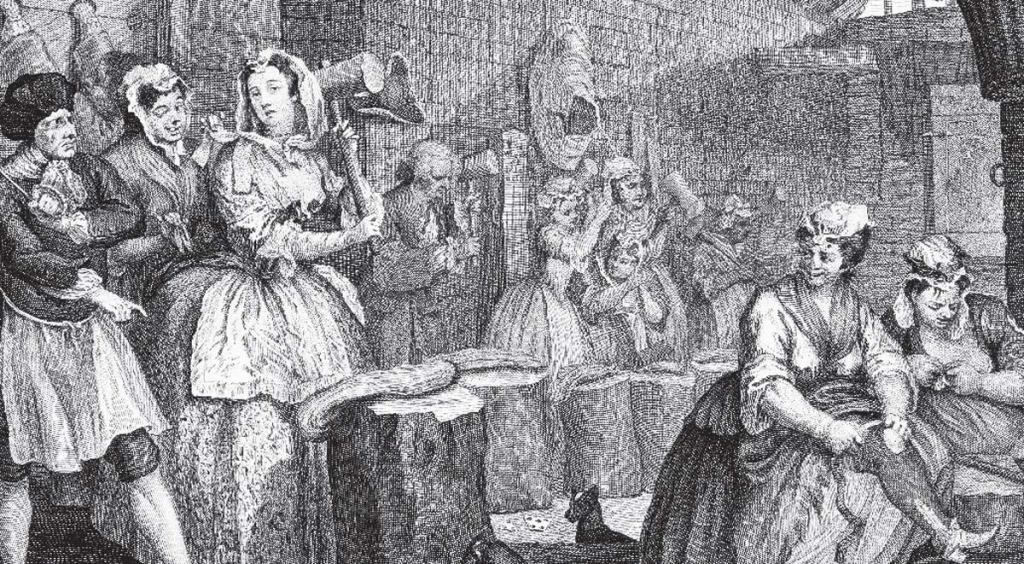And a brief history … 1300s—The Quaker William Penn settles Pennsylvania and creates a more humane house of correction based on labor.
1557—The Bridewell workhouse opens in London. Soon English workhouses become known for their deplorable living conditions.
1681—European fortresses start being used to house criminals, helping fortress design become the dominant architectural model for prisons.
1773—The Maison de Force is completed in Ghent, Belgium. It separates inmates by gender and offense, but still operates under the workhouse philosophy advanced in England.
1790—The Quakers manage parts of the Walnut Street jail in Philadelphia. Reformers like Benjamin Franklin advance humane treatment of inmates and a design concept based on single, solitary cells.
1816—A prison in Auburn, N.Y., opens. Unlike the Pennsylvania jails, it includes communal areas for meals and recreation, with smaller cells for sleeping built vertically in multileveled tiers, called cell blocks. This becomes known as the Auburn system and is replicated in places like New York’s Sing Sing prison for the next 150 years.
1934—The first super-maximum security prison (known as a supermax) in the U.S. opens on Alcatraz Island. This decade also saw a rise in large rural institutions, such as San Quentin, leading to the nickname “The Big House.”
1955—The United Nations Standard Minimum Rules for the Treatment of Prisoners are passed, which recognize the basic human rights of prisoners and help establish regulations for prison design.
1970s—Judges begin to consider prisoners’ rights and mandate significant improvements in prison conditions.
1975—French philosopher Michel Foucault publishes Discipline & Punish: The Birth of the Prison, a popular book offering a critical analysis of Jeremy Bentham’s panopticon and the failure of the prison complex.
1981—The first direct-supervision jail opens in Contra Costa, Calif.
1984—The first privately operated prison is established in Tennessee. By 2006, 7.2 percent of American prisoners were held in private facilities.
